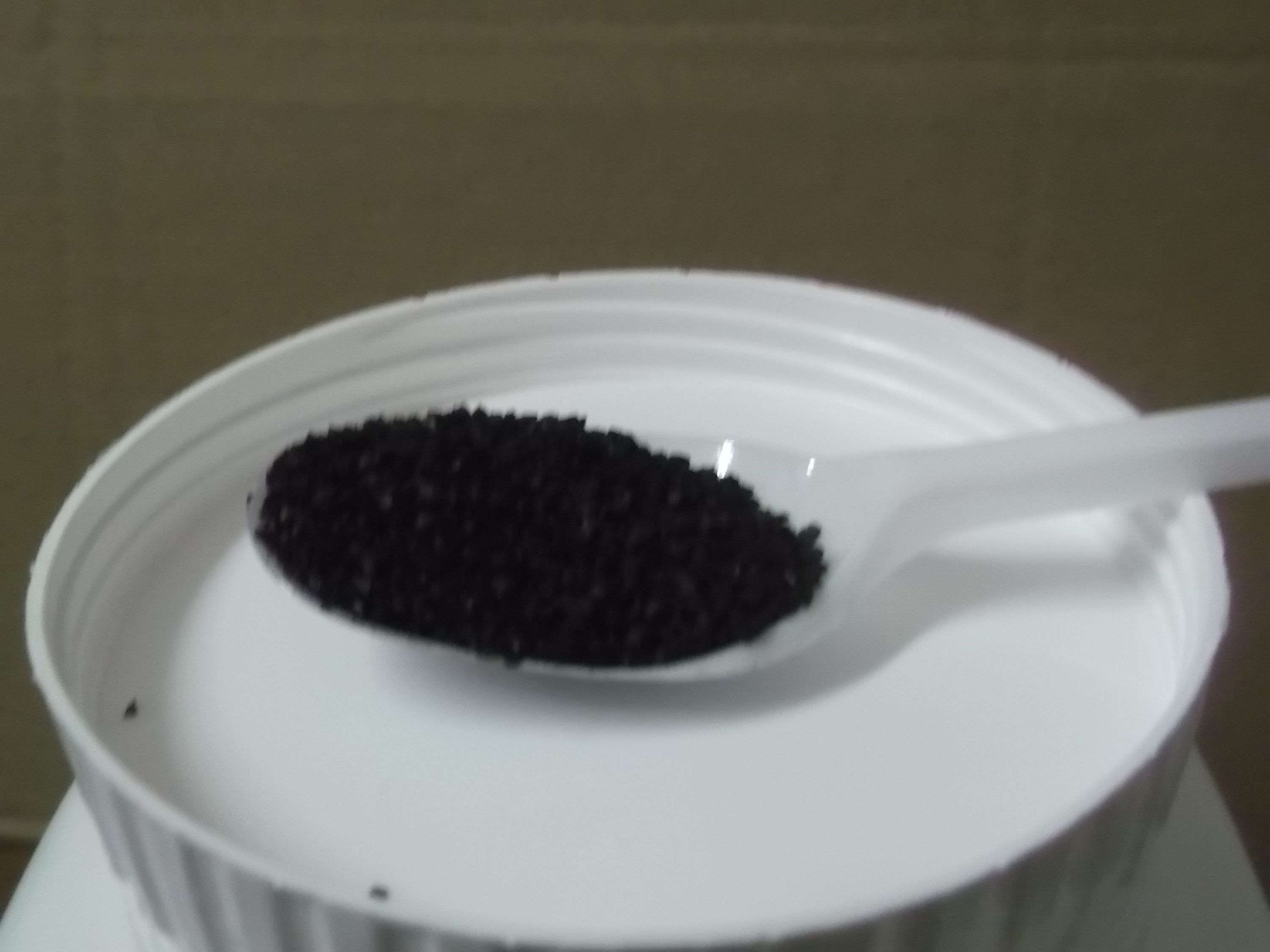
Then, burning wood in kilns to create charcoal and transporting it overseas on ships generates significant amounts of carbon dioxide, carbon monoxide and methane.

According to a 2017 study, forest degradation alone is responsible for 2.1 billion tons of carbon dioxide emissions each year. In addition to accelerating biodiversity loss, the charcoal industry releases planet-warming greenhouse gases into the atmosphere. The big and medium-sized trees are all gone.” In turn, wildlife that rely on those bigger trees - including endangered species like lemurs and mountain gorillas - are disappearing, possibly for good. “Where before you had big trees and small trees along with shrubs and grass, you now only have smaller trees and some shrubs and grassland. “Charcoal producers are removing 80 percent of the biomass in the forests,” says Fernando Sedano, a geographer at the University of Maryland who studies energy demand and forest degradation in Sub-Saharan Africa. That’s because charcoal stoves cost much less than electric or gas stoves, and it’s easier to budget for picking up a bag of charcoal at a market rather than dealing with fluctuations in the price of electricity or gas.īut the use of charcoal is decimating ecosystems across the African continent.

It even remains the fuel of choice in large cities with reliable utilities, Nabukalu says. In fact, the United Nations estimates that more than 950 million people rely on wood and charcoal for cooking in Sub-Saharan Africa alone that number will rise to 1.67 billion by 2050. These kilns range from specialized structures that can be used again and again - like the ones in Death Valley National Park’s Wildrose Canyon - or simple earthen mounds that are used only once.Ĭharcoal is mostly used for recreational barbecuing in places like North America and Europe, but it’s the primary cooking fuel in most African nations, explains Catherine Nabukalu, a project coordinator at District of Columbia Sustainable Energy Utility who studies the global charcoal supply chain. Traditional charcoal is produced by cutting down trees and burning them in kilns. Nearly 60 percent of the world’s charcoal is produced in Africa, followed by the Americas (mainly in South America) and Asia. The demand for charcoal is causing deforestation, which releases large amounts of greenhouse gases From creation to cookout, here’s a look at the hidden costs of charcoal. But those smoked meats and glowing embers come with significant ecological and human costs at every stage. The North American charcoal market alone is set to grow to $466.6 million USD by 2030.
Carbon charcoal how to#
Our ancient ancestors likely discovered the benefits of cooking with charcoal soon after they learned how to control fire more than a million years ago - and millions of people around the world still use it on a daily basis to cook their food.

And while some people grill with gas and electricity, many barbecue enthusiasts will tell you that grilling with charcoal gives their food with a particularly smoky flavor that just can’t be matched by the alternatives.Ĭharcoal is one of the oldest fuel sources in existence. In much of the world, barbecuing is practically synonymous with summer.


 0 kommentar(er)
0 kommentar(er)
